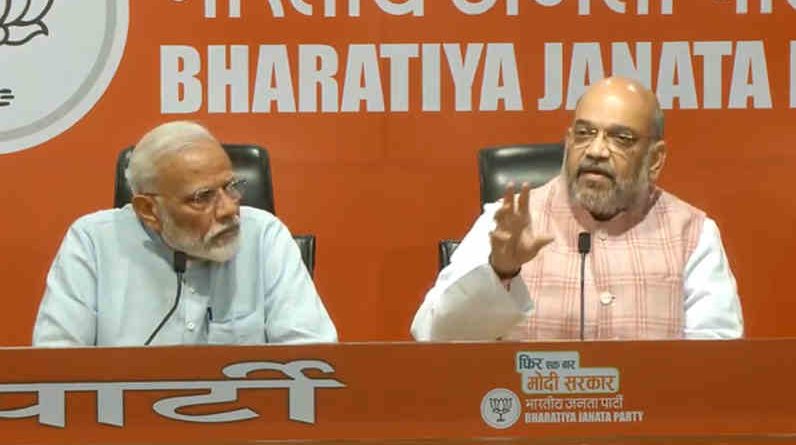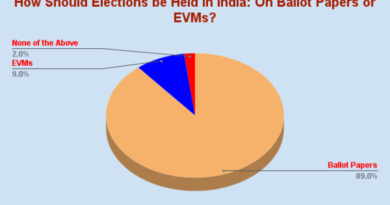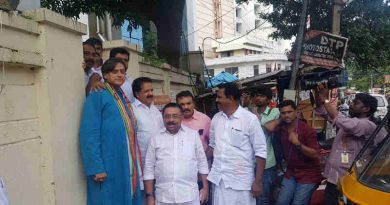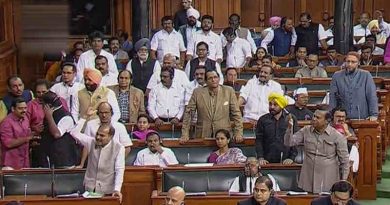As Supreme Court Shirks Responsibility, Modi and Shah Must Go to Meet Shaheen Bagh Protesters
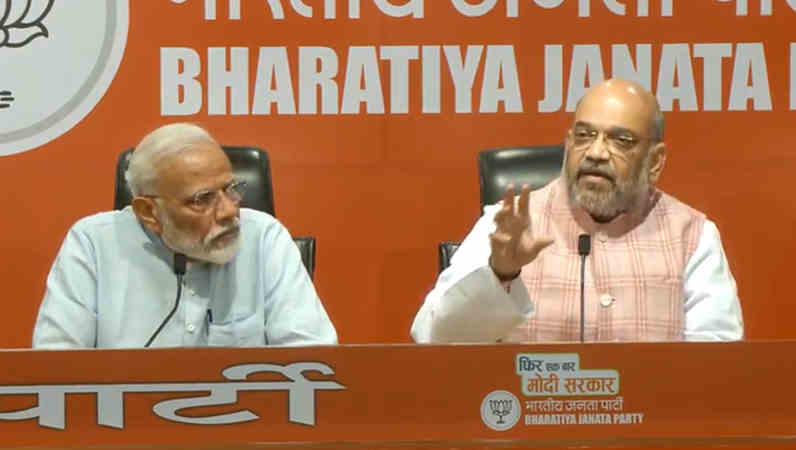
The Supreme Court – which does not displease the Modi government – could not take any unambiguous decision in the Shaheen Bagh protest case.
By Rakesh Raman
These days, the Indian courts are not taking any decision that could irk the government headed by Prime Minister (PM) Narendra Modi. It was evident once again Monday when the Supreme Court of India shirked its responsibility in the Shaheen Bagh protest case.
Instead of allowing the protesters to continue their protest against the discriminatory citizenship laws announced by Modi and his Home Minister Amit Shah, the top court took a vague decision by appointing mediators to untangle the impasse.
A bench comprising Justices SK Kaul and KM Joseph said, democracy works on expressing views, but there are lines and boundaries for it. Although there is no reason for the court to deliver political lecture on democracy as its role is only to follow the law and take judicial decisions, strangely the Supreme Court preferred to play politics in the courtroom.
[ Ahead of Trump’s Visit to India, U.S. Senators Accuse Modi Govt of Human Rights Violations ]
The court asked senior advocate Sanjay Hegde to act as an interlocutor to persuade the protesters to move to an alternative site. Hegde can take assistance of advocate Sadhana Ramachandran and former Chief Information Commissioner Wajahat Habibullah for talking to the protesters.They are supposed to submit their report after a week – by February 24.
The court also said that the blockade of the public road at Shaheen Bagh is causing inconvenience to commuters and suggested that the protesters should go to another suitable protest site.
[ Temple for Hindus. Jail for Muslims. Modi Announces Trust to Make Ram Temple in Ayodhya ]
But the Supreme Court – which does not displease the Modi government – could not take any unambiguous decision. The court could have easily directed the government bosses to meet the protesters while a couple of days ago, Amit Shah – after inviting the Shaheen Bagh protesters – had refused to meet them.
Now, it will be a defeat of the protesters if they went to meet any government politician or bureaucrat. The protesters – who are exercising their fundamental right to protest – must realize that all ministers and bureaucrats are public servants, and citizens are the masters.
So, the servants – including Modi and Shah – must go to Shaheen Bagh to meet the protesters and explain their stance to them. When they can go to every nook and corner of the country to hold useless political rallies, why can’t they go to meet the genuine protesters?
Hundreds of thousands of people have been protesting in India for the past couple of months against the Citizenship Amendment Act (CAA), National Population Register (NPR), and National Register of Citizens (NRC) announced by the Modi government.
While Shaheen Bagh has become a protest brand, today dozens of protest sites have been set up in different parts of India to oppose CAA, NPR, NRC, and other anti-people policies of the government.
By Rakesh Raman, who is a national award-winning journalist and social activist. He is the founder of a humanitarian organization RMN Foundation which is working in diverse areas to help the disadvantaged and distressed people in the society. He also creates and publishes a number of digital publications and research reports on different subjects.

